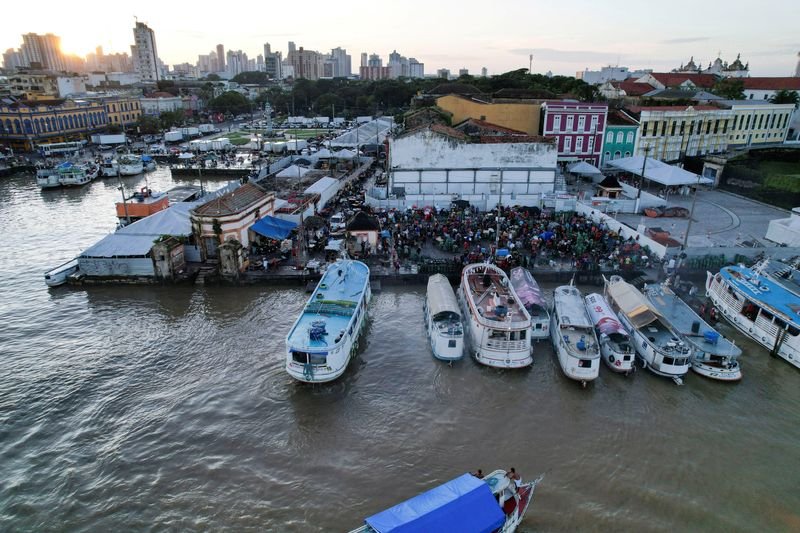Brazil’s Inflation Trends: July Insights
Brazil’s inflation rate has been a significant topic of discussion, especially as we analyze the data from July. Recent insights suggest that while inflation remains elevated, there are indications of a potential slowdown.
Understanding Brazil’s Inflation Landscape
As Brazil navigates its economic landscape, inflation continues to exert pressure on consumers and businesses. The persistent rise in prices has been influenced by various factors, including global economic conditions and domestic policies.
Economic experts are closely monitoring price fluctuations in crucial sectors such as food and energy. The Consumer Price Index (CPI) serves as a key indicator for tracking inflationary trends, showcasing how costs affect everyday life for Brazilian citizens.
Factors Influencing Inflation Rates in Brazil
Several elements play a pivotal role in shaping inflation trends in Brazil. These include:
Global Supply Chain Disruptions
The worldwide supply chain disruptions caused by recent events have led to increased costs for imported goods, directly impacting domestic prices in Brazil. High demand for certain commodities contributes to inflationary pressures, influencing consumer purchasing power.
Monetary Policy Adjustments
The Central Bank of Brazil has implemented various monetary measures to curb inflation. By adjusting interest rates, the bank aims to manage inflationary expectations and stabilize the economy. It’s important to understand how these actions can either rein in inflation or inadvertently lead to economic slowdown.
Recent Data on Inflation in July
The latest reports indicate that inflation in Brazil likely remained considerable during July, albeit with signs hinting at a possible deceleration. Analysts expect that shifts in consumer spending patterns and reduced demand in specific sectors may influence inflation going forward.
Key Price Movements
Among the essential categories monitored, food prices are a significant factor. A surge in agricultural costs can lead to higher grocery bills, affecting basic necessities for Brazilian families. Energy costs also play a critical role, as fluctuations in fuel prices directly influence both transportation and utility expenses.
Specific Insights from July
While inflation rates may have remained high, certain sectors have shown signs of stability or even slight reductions in prices. For instance, some economists are hopeful that the agricultural sector’s performance could lead to more favorable pricing in the food market.
The Impact of Inflation on Brazilian Households
The continued high inflation affects consumers uniquely. Everyday expenses for families are significantly impacted by rising prices, compelling households to adjust their spending habits. This adjustment often leads families to prioritize essential needs over luxury items, reflecting broader changes in consumption behavior across the nation.
Saving and Spending Patterns
As inflation takes hold, many Brazilians have started adopting more cautious financial approaches. Consumers are increasingly looking for discounts and promotions, seeking to make their money stretch further. This change in behavior underscores the relationship between inflation and consumer confidence.
Conclusion
Brazil’s inflation narrative in July illustrates a complex economic scenario. Although inflation remains a pressing concern, recent data shows potential signs of stabilization. Understanding these trends is essential for stakeholders, from policymakers to everyday consumers, as they navigate the implications of ongoing shifts in the economy.
In summary, Brazil’s inflation situation serves as a clear reminder of the interconnectedness of global economic factors and domestic conditions. As the country continues to adapt to these challenges, keeping an eye on inflation trends will be crucial for understanding future economic developments.
